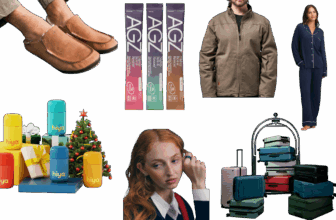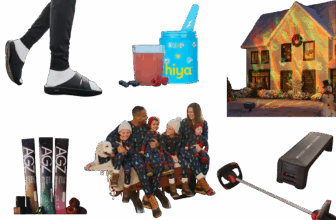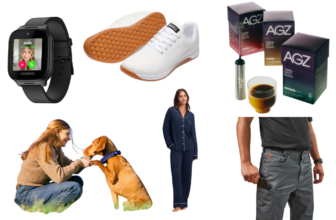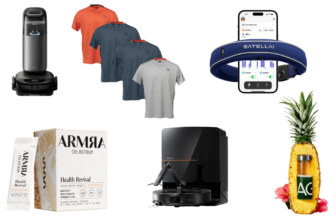
Updated on August 11, 2024
Planning a 3-day backpacking trip involves meticulous preparation, and one of the most crucial aspects is determining how much food to bring. Ensuring you have enough nutrition to sustain your energy levels while keeping your pack weight manageable is essential. Here’s a comprehensive guide to help you pack the right amount of food for your adventure.
Understanding Your Caloric Needs
The amount of food you need depends on your body size, weight, and the intensity of your hiking. On average, a backpacker burns between 2,500 to 4,000 calories per day. Here’s a rough guideline to help you calculate your caloric needs:
- Light activity (easy trails): 2,500 – 3,000 calories per day.
- Moderate activity (mixed trails, some elevation): 3,000 – 3,500 calories per day.
- High activity (difficult trails, significant elevation): 3,500 – 4,000+ calories per day.
Packing Efficiently
When packing food, consider both the weight and nutritional value. Focus on high-calorie, nutrient-dense foods that are lightweight and non-perishable.
Breakfast
- Instant Oatmeal: Lightweight and easy to prepare. Add nuts and dried fruits for extra calories.
- Energy Bars: Convenient and packed with nutrients.
- Dehydrated Eggs: A great source of protein.
Lunch
- Tortillas and Nut Butter: Calorie-dense and non-perishable.
- Dried Fruits and Nuts: Provide quick energy and are easy to snack on.
- Cheese and Crackers: Cheese can last for several days without refrigeration, especially hard cheeses.
Dinner
- Freeze-Dried Meals: Easy to prepare by just adding boiling water. Look for high-calorie options.
- Instant Rice or Pasta: Lightweight and quick to cook. Add a protein source like canned tuna or dehydrated beans.
- Soup Mixes: Great for adding variety and warmth.
Snacks
- Trail Mix: A mix of nuts, seeds, dried fruits, and chocolate.
- Beef Jerky: High in protein and very satisfying.
- Granola Bars: Convenient and packed with energy.
Hydration
Don’t forget to plan your water intake. Aim for at least 3-4 liters per day, more if the weather is hot or the trail is strenuous. Consider packing water purification tablets or a portable filter.
Tips for Packing Food
- Repackage for Efficiency: Remove excess packaging to save space and reduce weight. Use zip-lock bags for portion control.
- Balance: Ensure a mix of carbohydrates, proteins, and fats to maintain energy levels and muscle repair.
- Test Your Gear: Before your trip, try cooking and eating the meals at home to ensure you like them and they are easy to prepare with your backpacking stove.
- Bear-Proofing: In bear country, store your food in bear-proof containers or hang it properly to avoid attracting wildlife.
Final Thoughts
Packing the right amount of food for a 3-day backpacking trip involves balancing your caloric needs with the weight and convenience of your food choices. By focusing on high-calorie, nutrient-dense foods, and planning each meal and snack, you can ensure you stay fueled and energized throughout your adventure.






